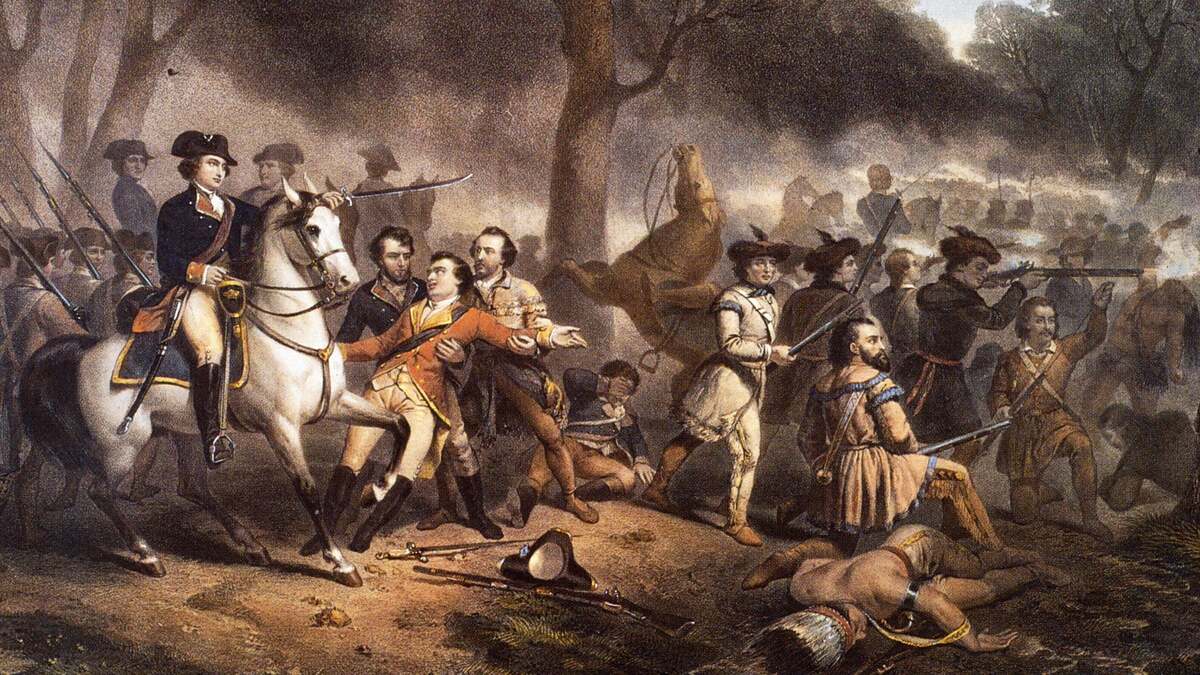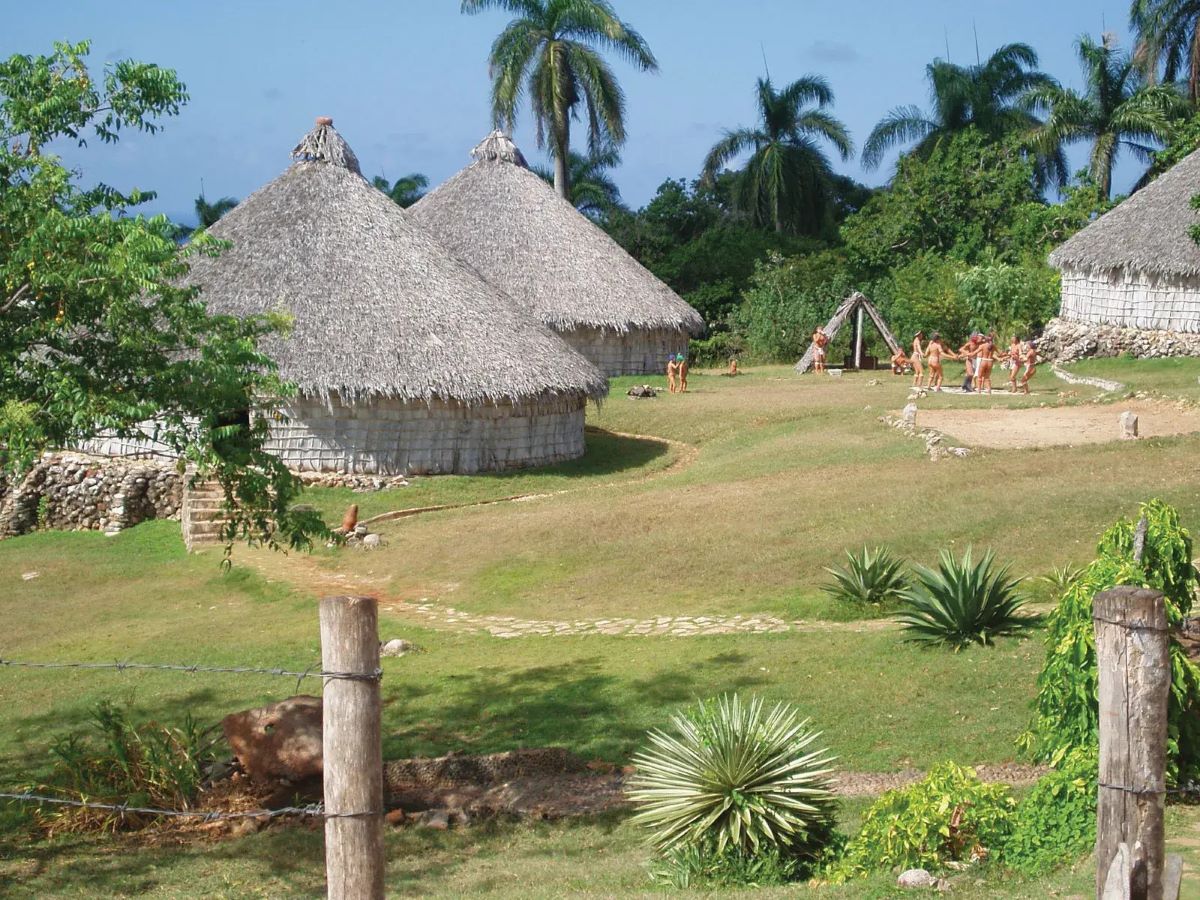
Ever wondered why the Proclamation of 1763 is a big deal in history? Well, you're about to find out! This piece of parchment wasn't just another document. Nope, it was a game-changer, shaping the future of North America in ways that still echo today. Imagine being told where you can and cannot live, all because of a line drawn on a map by folks who've never even set foot on the land they're divvying up. Sounds pretty wild, right? But that's exactly what happened. The Proclamation of 1763 was Britain's attempt to keep peace with Native Americans by stopping settlers from encroaching on their lands. Yet, this well-intentioned move sparked outrage among colonists, laying early seeds of discontent that would eventually lead to the American Revolution. So, why is the Proclamation of 1763 significant? Because it marked a pivotal moment where colonial ambitions clashed with indigenous rights, setting the stage for future conflicts and transformations in the New World.
Key Takeaways:
- The Proclamation of 1763 was a rule by the British king to stop settlers from moving west, causing tension and leading to the American Revolution.
- The Proclamation Line, though no longer a legal boundary, still impacts American history and helps us understand early North American society.
What Was the Proclamation of 1763?
The Proclamation of 1763 was a decree issued by King George III following Great Britain's acquisition of French territory in North America after the end of the French and Indian War/Seven Years' War. This proclamation forbade all settlement west of a line drawn along the Appalachian Mountains, which was intended to conciliate the Native Americans by checking the encroachment of settlers on their lands.
Why Did the Proclamation of 1763 Happen?
-
To avoid conflict with Native Americans: After the French and Indian War, tensions were high between British settlers and Native Americans. The British government sought to prevent further clashes that could be costly and difficult to manage from afar.
-
To consolidate control: By controlling settlement, the British government could manage its new expansive territory more effectively, ensuring that settlement and economic development proceeded in an orderly manner.
Key Features of the Proclamation
-
Established a boundary: Known as the Proclamation Line, this boundary was not meant to be permanent but served to organize the colonies and keep peace with Native American tribes.
-
Regulated trade: The proclamation also aimed to regulate trade between Native Americans and settlers, attempting to ensure fair dealings on both sides.
-
Required land purchases to be made officially: Any land purchases west of the Proclamation Line had to be done with the sanction of the British Crown, preventing unauthorized expansion.
Public Reaction to the Proclamation
-
Widespread dissatisfaction among colonists: Many settlers and land speculators found the proclamation limiting, as it restricted their ability to expand westward and profit from land sales.
-
Seen as an overreach by the Crown: Colonists viewed the proclamation as another example of British interference in colonial affairs, fueling discontent that would eventually lead to the American Revolution.
Impact on Native American Relations
-
Initially reduced conflicts: The proclamation did lead to a temporary decrease in conflicts between settlers and Native Americans, as it halted the westward push of settlers onto Native lands.
-
Long-term effects were mixed: While it initially brought peace, the inability of the British to enforce the boundary effectively led to continued encroachment and conflict.
The Proclamation's Role in American History
-
A precursor to the American Revolution: The proclamation contributed to growing tensions between Britain and its American colonies. It was one of several grievances listed in the Declaration of Independence.
-
Influenced the United States' westward expansion: Even after independence, the issues of land rights and settlement patterns influenced by the proclamation continued to affect the United States' expansion westward.
The Proclamation Line Today
-
A historical boundary with lasting significance: While the Proclamation Line no longer exists as a legal boundary, its impact on American history and its role in shaping early American society are still recognized today.
-
Educational tool: The Proclamation of 1763 serves as an educational tool, helping students and history enthusiasts understand the complex dynamics between European settlers, Native Americans, and the British Crown during a pivotal era in North American history.
A Final Glimpse at the Proclamation of 1763
Diving into the depths of history, we've uncovered the layers and complexities of the Proclamation of 1763. This pivotal moment wasn't just a line on a map; it was a turning point that reshaped the future of North America. From its role in calming frontier tensions to its unintended push towards American independence, every fact we've explored adds a piece to the puzzle of our past. Understanding this proclamation helps us grasp the intricate web of relationships and events that led to the world we know today. As we step back from our deep dive, let's carry forward the lessons learned and the stories unearthed, recognizing their lasting impact on the fabric of history.
Frequently Asked Questions
Was this page helpful?
Our commitment to delivering trustworthy and engaging content is at the heart of what we do. Each fact on our site is contributed by real users like you, bringing a wealth of diverse insights and information. To ensure the highest standards of accuracy and reliability, our dedicated editors meticulously review each submission. This process guarantees that the facts we share are not only fascinating but also credible. Trust in our commitment to quality and authenticity as you explore and learn with us.


